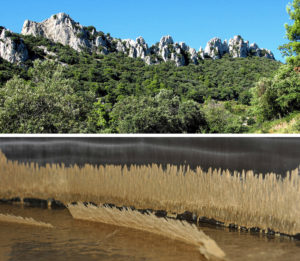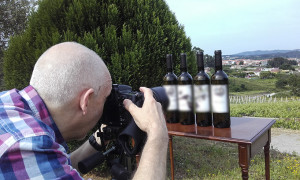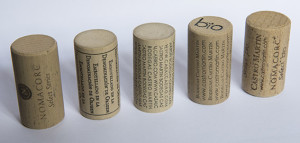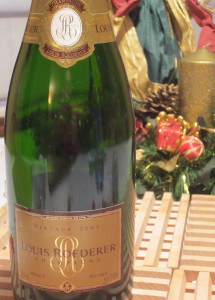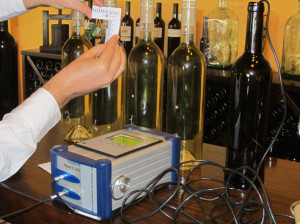 It suddenly occurred to me the other day that of all the things I have written about our bodega over the last several years, there is one thing that I have never mentioned….. our baskets!
It suddenly occurred to me the other day that of all the things I have written about our bodega over the last several years, there is one thing that I have never mentioned….. our baskets!
When it comes albariño at Bodegas Castro Martin we chose to store our wines in tank and bottle only as and when required – simply because the wine keeps better and stays fresher in tank. In an ideal world we would bottle each tank, label it at the time of bottling, and then simply sell it, but unfortunately life in the world of wine is never that simple.
As I have mentioned on previous occasions, as we increase the number of overseas markets that we sell to, so the range of different labelling requirements becomes more complicated. It’s not because we are inventing different brands for each market, but it’s simply that the legal label requirements vary so much from country to country. So, for example, if we are bottling a tank of our Castro Martin Family Estate wine, then the question is, how many cases do we label with the EU back label, how many with the U.S. back label, how many with the Australian back label, and so on. The simple answer is that we never know, and so there is only one solution….. to bottle at least a part of each tank without any labels at all. Of course this may sound slightly illegal, but as long as we keep copious bottling records and mark each batch very clearly, then this means that we can store the unlabelled bottles in large metal baskets until required. This wine without label is known as ‘clean skin’ stock.
Each time we receive an order for a market that requires its own specific back label, then we simply select the appropriate baskets, take out the wine, and label it accordingly. Job done.
 It suddenly occurred to me the other day that of all the things I have written about our bodega over the last several years, there is one thing that I have never mentioned….. our baskets!
It suddenly occurred to me the other day that of all the things I have written about our bodega over the last several years, there is one thing that I have never mentioned….. our baskets!
When it comes albariño at Bodegas Castro Martin we chose to store our wines in tank and bottle only as and when required – simply because the wine keeps better and stays fresher in tank. In an ideal world we would bottle each tank, label it at the time of bottling, and then simply sell it, but unfortunately life in the world of wine is never that simple.
As I have mentioned on previous occasions, as we increase the number of overseas markets that we sell to, so the range of different labelling requirements becomes more complicated. It’s not because we are inventing different brands for each market, but it’s simply that the legal label requirements vary so much from country to country. So, for example, if we are bottling a tank of our Castro Martin Family Estate wine, then the question is, how many cases do we label with the EU back label, how many with the U.S. back label, how many with the Australian back label, and so on. The simple answer is that we never know, and so there is only one solution….. to bottle at least a part of each tank without any labels at all. Of course this may sound slightly illegal, but as long as we keep copious bottling records and mark each batch very clearly, then this means that we can store the unlabelled bottles in large metal baskets until required. This wine without label is known as ‘clean skin’ stock.
Each time we receive an order for a market that requires its own specific back label, then we simply select the appropriate baskets, take out the wine, and label it accordingly. Job done.
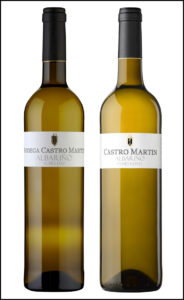 For quite a few years now we have noticed that more and more Rias Baixas wine cellars are being taken over by large groups, many from other wine regions of Spain (Rioja producers for example). Clearly it is easier for them to offer a range of wines from around the country, rather than just one local wine, made from a single grape variety – as in the case of our very own albariño. The obvious consequence of this is that there are now fewer and fewer family-owned businesses, and even less that are managed on a day-to-day basis by the actual owners.
For quite a few years now we have noticed that more and more Rias Baixas wine cellars are being taken over by large groups, many from other wine regions of Spain (Rioja producers for example). Clearly it is easier for them to offer a range of wines from around the country, rather than just one local wine, made from a single grape variety – as in the case of our very own albariño. The obvious consequence of this is that there are now fewer and fewer family-owned businesses, and even less that are managed on a day-to-day basis by the actual owners.




